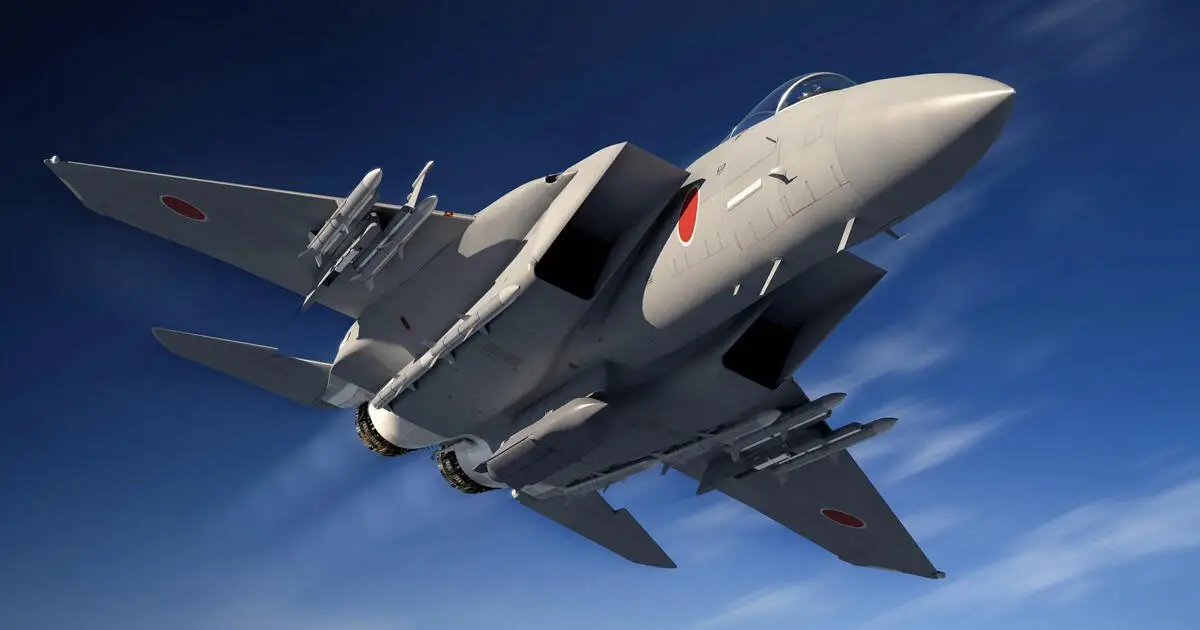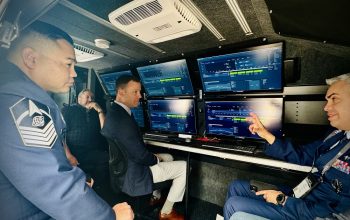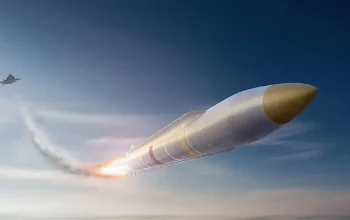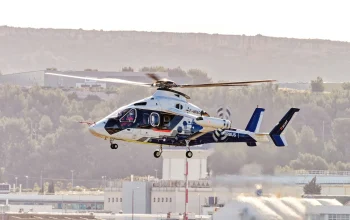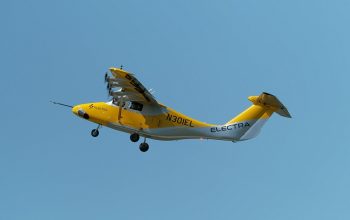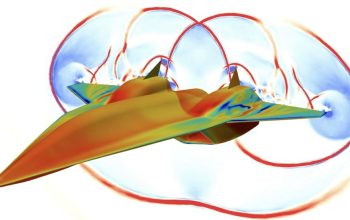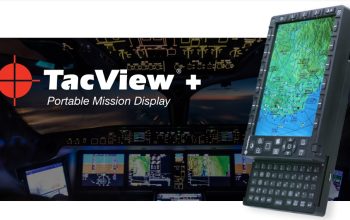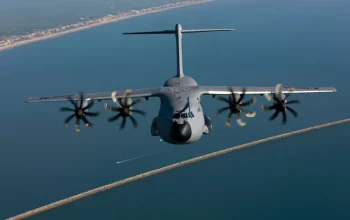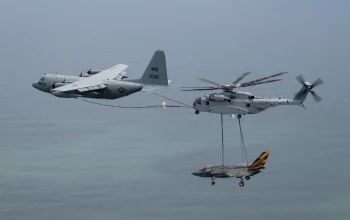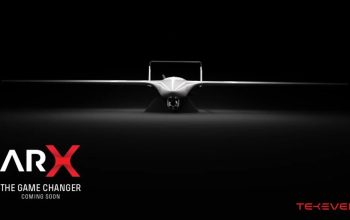The U.S. State Department has made a determination approving a possible Foreign Military Sale to the Government of Japan of AIM-120C-8 Advanced Medium-Range Air-to-Air Missiles (AMRAAM) and related equipment for an estimated cost of $224 million. The Government of Japan has requested to buy 120 AIM-120C-8 Advanced Medium-Range Air-to-Air Missiles (AMRAAM); and 3 AIM-120C-8 guidance sections. Also included are AIM-120 Captive Air Training Missiles (CATM), missile containers, control section spares; Common Munitions Built-in-Test Reprogramming Equipment (CMBRE); ADU-891 Adapter Group Test Sets; munitions support; spare/repair parts, consumables, accessories, contract logistics support (CLS), classified software delivery and support, classified/unclassified publications and other related elements of logistics. The principal contractor will be RTX Corporation, Tucson, AZ.
The AIM-120 Advanced Medium-Range Air-to-Air Missile (AMRAAM), is an American beyond-visual-range air-to-air missile capable of all-weather day-and-night operations. AMRAAM was developed as the result of an agreement among the United States and several other NATO nations to develop air-to-air missiles and to share production technology. It uses active transmit-receive radar guidance instead of semi-active receive-only radar guidance. It is a fire-and-forget weapon, unlike the previous generation Sparrow missiles which required full guidance from the firing aircraft. When an AMRAAM missile is launched, NATO pilots use the brevity code “Fox Three”. As of 2008 more than 14,000 had been produced for the United States Air Force, the United States Navy, and 33 international customers. The AMRAAM has been used in several engagements, achieving 16 air-to-air kills in conflicts over Iraq, Bosnia, Kosovo, India, and Syria.
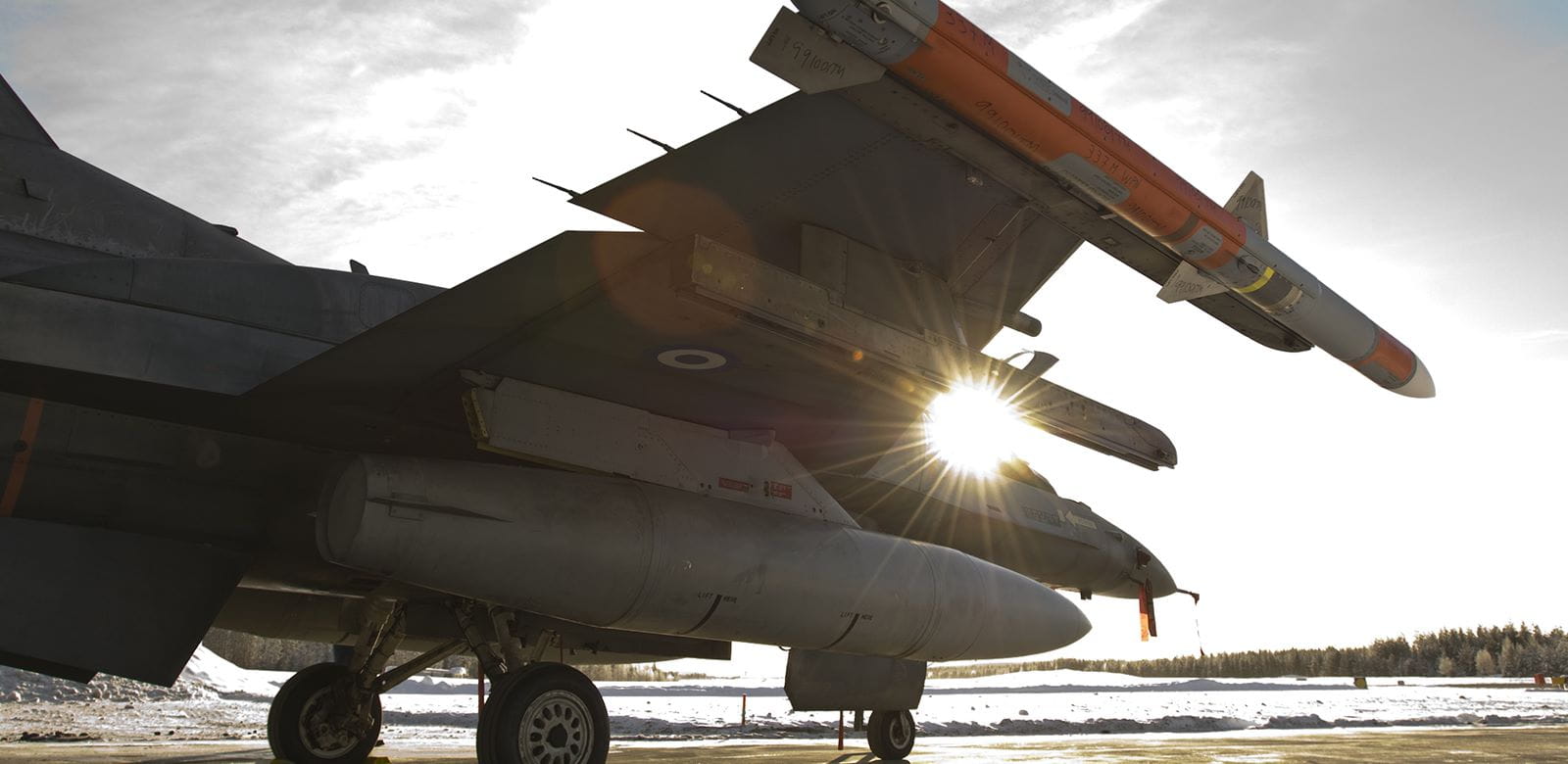
The U.S. was to develop the next generation medium range missile (AMRAAM) and Europe would develop the next generation short range missile (ASRAAM). Although Europe initially adopted the AMRAAM, an effort to develop the MDBA Meteor was begun in UK. The ASRAAM was developed solely by the British, but using another source for its infrared seeker. After protracted development, the deployment of AMRAAM (AIM-120A) began in September 1991 in US Air Force McDonnell Douglas F-15 Eagle fighter squadrons. The US Navy soon followed in its McDonnell Douglas F/A-18 Hornet squadrons. The Russian Air Force counterpart of AMRAAM is the somewhat similar R-77 (NATO codename AA-12 Adder), sometimes referred to in the West as the “AMRAAMski”. France began its own air-to-air missile development with the MICA concept that used a common airframe for separate radar-guided and infrared-guided versions.
The U.S. Air Force and Raytheon, an RTX (NYSE: RTX) business, successfully completed the first flight test of the AIM-120C-8 – the latest international variant of AMRAAM® developed under the Form, Fit, Function (F3R) refresh. The AIM-120C-8 was fired from an F-15C Eagle and downed the aerial target, meeting all primary objectives for the flight test. Under the F3R program, engineers used model-based systems engineering initiatives and other digital technologies to upgrade multiple circuit cards and advanced processors in the guidance section of the missile and to re-host legacy software in the AIM-120D-3 and AIM-120C-8 AMRAAMs. This AIM-120C-8 flight test follows the completion of flight testing of the AIM-120D-3. Recently, the U.S. Air Force awarded Raytheon a $1.15 billion AMRAAM contract to produce AIM-120D-3 and C-8 missiles for 19 countries.
